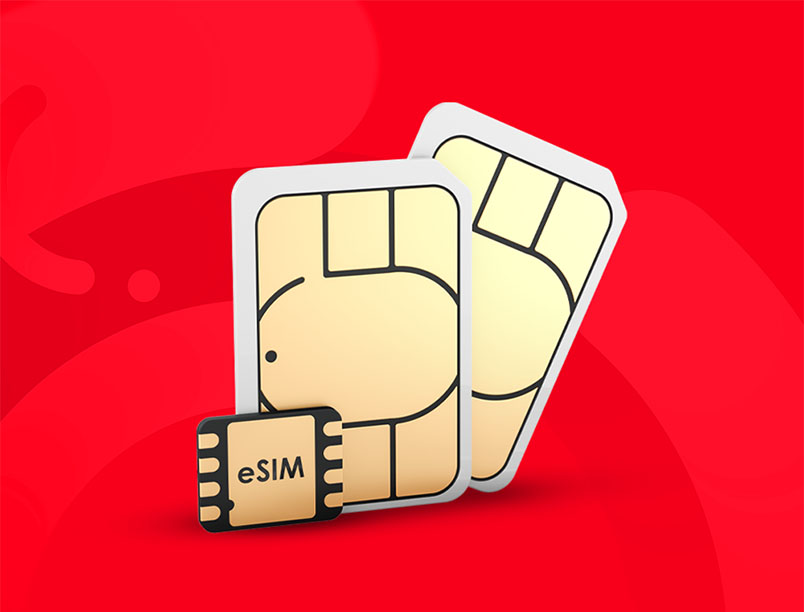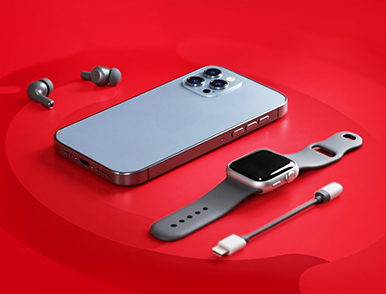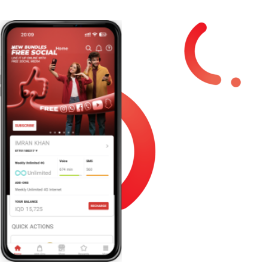.jpg)
.jpg)
Never run out of battery: how to choose the right power bank from AsiaMall
You need these four facts when choosing a power bank: its power, its charging speed, its ports, and its features. Get it right and you'll never run out of charge again.
In this article, find out what power banks are, how they work, and how to select the best one for your life and devices.
What is a power bank?
A powerbank is a battery-like device that holds an electrical charge. You can top up the power in devices like your phone or laptop by connecting it to a powerbank. It then sends its reserve charge across to your device.
Power banks are also known as portable chargers or battery packs. They’re really useful if you're travelling or will be away from a plug socket for long periods.
What is the powerbank capacity (mAh)?
Power bank capacity is measured in milliamp-hours, or mAh. More mAh means your power bank stores more energy. The higher the storage, the more times it will recharge your devices when you are out and about.
What you see on the box isn't quite the power your phone gets, though. That’s because the number advertised is not the amount of power your phone gets. It's confusing, but there is a way to figure it out.
Take the mAh on the box, divide by three, and then multiply by two. So 10,000 mAh would actually be around 6,666 mAh. The reason your device doesn’t get all the charge is because it uses part of its energy store to charge your phone and loses a bit more in heat.
So, you should choose a slightly bigger powerbank than you think you actually need.
Here's Asiacell’s rule of thumb on choosing power bank capacity:
-
Small (up to 5,000 mAh): Most power banks with this capacity will fit in your pocket. Expect one full charge of a typical smartphone. These are best for light users who may need them for emergencies or topping up at the end of the day.
-
Medium (10,000 mAh): This is the most popular size and you'll get around two to three full phone charges from them.
-
Large (20,000 mAh): Best for heavy phone users, they're capable of delivering four or five full charges. They're suitable for long weekends, heavy phone users, and charging two devices at the same time.
- Extra-large (Over 20,000 mAh): Extra-large units give six or more full charges, with some offering well over ten. They're heavier but can charge multiple devices, including laptops, at the same time. Great for long trips and family holidays.
What you need to know about charging speed
mAh tells you how much power a power bank holds, while Watts (W) tell you how fast it can deliver that power to your device. The higher the Watts, the faster the charge.
Before choosing a powerbank, make sure it and your devices use the same fast-charging standards.
Power Delivery (PD) is the most common. PD powerbanks typically use a small USB-C port to connect to your device. Most major handset manufacturers, including Apple and Samsung, use PD. The other main standard is Qualcomm Quick Charge (QC), found more on older Android phones.
Here are the most common charging speeds:
-
Standard charging (5W-12W): Expect a really slow charge if your powerbank has a standard charging speed.
-
Fast charging (18W-25W): This is the current industry standard and it can generally charge your phone from 0% to 50% in about 30 minutes.
-
Super-fast charging (45W+): 45W is the minimum speed you'll need for laptops and other more energy-hungry devices.
- Laptop charging (60W and higher): This charging speed is best for much powerful laptops and tablets.
What is wireless charging?
Wireless charging is charging without cables. You put your phone or tablet on the power bank's charging spot - no wires needed. If you want wireless charging, the popular QI standard offers maximum compatibility.
Wireless charging is slower than wired charging with a normal speed being 5W and a fast speed between 10W and 50W.
Some Qi-compatible power banks now include magnets to help hold your device securely and improve charge transfer, useful when you're on the move. The newest standard, Qi2, promises 25W power transfer.
What else should I look out for with a powerbank?
Other features to look out for on a powerbank include:
-
Ports: USB-A and USB-C are the most common ports on powerbanks. Ports are the connection points you use to plug in your devices. Choose a powerbank with a USB-C port for future-proofing, and make sure you get a fast-charging cable.
-
Built-in stands: Some power banks feature small stands that prop your phone up when charging. This means you can watch videos and take calls while it's topping up.
-
Multi-device charging: Don't choose separate powerbanks for your phone, watch, and earbuds. Choose one instead that lets you power them all up at the same time.
-
Pass-through charging: This allows you to charge up your devices while charging up your powerbank. Great for overnight use, plug your powerbank into the mains to power up and connect your phone, watch, laptop, and more at the same time.
-
LED digital displays: Instead of small lights, many power banks have a screen showing you the exact battery percentage left. This helps you know exactly when to recharge it.
- Safety features: Powerbanks overheat, and you should never leave one plugged in if you're out of the house. Look for powerbanks with over-charge, short-circuit, over-voltage, over-current, and over-temperature protection.
Choosing the right power bank for you
Choose a power bank that charges the devices you rely on the most. If you need one for business, choose one with a faster charging time and multiple output ports so you can charge your phone and laptop at the same time.
You can find Asiacell’s range of powerbanks here on AsiaMall. with delivery available across Iraq
Get in Touch with Asiacell
If you need help or have any questions:
- Website: Click the Chat icon at the bottom of the screen
- Asiacell App: Tap More and select Chat with Laila
- WhatsApp: https://wa.me/9647701111111
- Messenger: https://m.me/Asiacellconnect
You can also call us:
- Prepaid subscribers: 111
- Postpaid subscribers: 252
- B2B/Corporate subscribers: 323
Related Articles
.jpg)
Essential Tech for Entrepreneurs
A great business idea can only get you so far. To really succeed, you need strong connectivity and t...
Read more
Changing networks and dual-SIM functionality
There are lots of times where you might want to swap SIMs temporarily. For example, you might switch...
Read more
Cleaning Laptops, Phones, And Earbuds
We use our phones, laptops, and earbuds every day. For many people, they're indispensable. Find out ...
Read more


